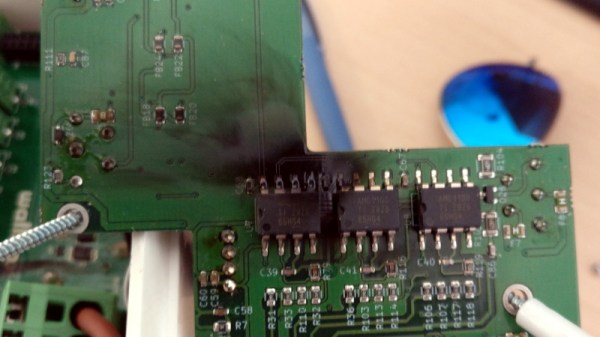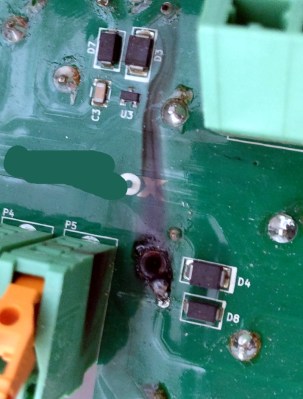With climate protests and airline strikes occurring around the world, there is more awareness than ever before for the necessity of environmental sustainability. More importantly, there is more discussion around the immense carbon footprint left by the airline industry, perhaps one of the largest contributors to climate change worldwide.
The Slovenian-based Pipistrel ALPHA Electro is one of the leading electric planes today, with bragging rights as the world’s first mass-produced electric aircraft. While NASA may have announced their X-57 Maxwell, the plane is still undergoing testing for its first planned flight in 2020. The ALPHA Electro, marketed as a trainer plane for flight students and recreational flyers, features a 34’6″ wingspan and low running costs.
The two-person flyer is equipped with a 60 kW electric motor, with a cruising speed of about 157 km/hr. A 21 kW battery provides the plane with enough energy for a 55 minute flight, with a half hour reserve, and takes about an hour to charge back up. An additional perk of flying an electric plane is the low noise and zero CO2 emissions, which allows the flights to take place near large cities with exhaust and noise emission standards.
With airplanes, a majority of the fuel is used for takeoff and landing, making short haul flights particularly troublesome – compare 107 lbs CO2 flying from New York to Boston versus 62 lbs CO2 driving. While refraining from frequent flights is still the best idea for reducing your carbon footprint, we’re hopefully headed towards more environmentally-friendly options for air travel.
Check out the ALPHA Electro’s teaser video below.


















